What My Hometown Taught Me About Black and White
I never knew it was unlike any other town
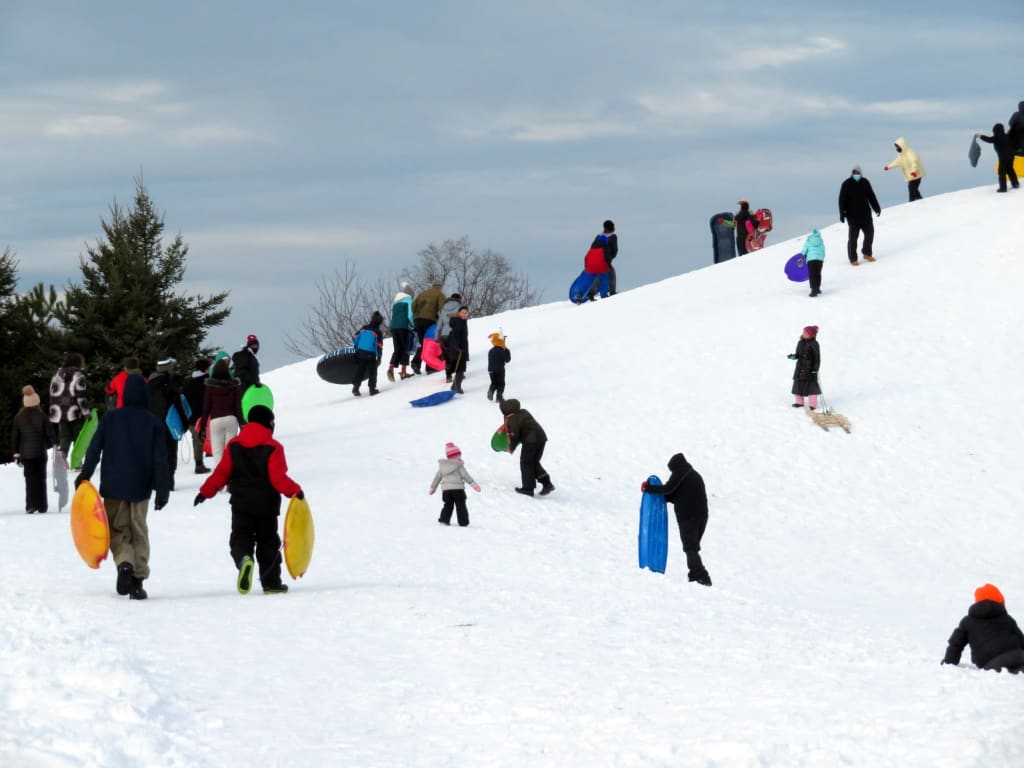
Shaker Heights, Ohio, U.S.A.
A shrewd junior high school teacher once asked my class to estimate what percentage of the U.S. population was Black and what percentage was Jewish. We extrapolated from the world that we saw around us every day and guessed fifty percent for each group.
Imagine the shock when we learned that Blacks only comprised about twelve percent of the population and Jews, about two to three percent. That just didn’t square with what we could see with our own eyes in Shaker Heights, a suburb of Cleveland, Ohio.
I was a Black kid who grew up in a town that I thought was completely typical. It was anything but.
When I look back at my own elementary class photos or those of other alums of the Shaker Heights school system, the racial balance is striking. Many classrooms came close to that fifty/fifty balance that resulted in our inflated guesses. As to what percentage of our classmates were Jewish, that I’m not sure of. I know this – every Rosh Hashanah, we got the day off of school! So even though I was ignorant about the particulars of the holiday, I nonetheless looked forward to it every year!
It was a bubble of racial and religious harmony that almost wasn’t
Wherever you live in the U.S. you have probably seen or heard of the phenomenon of white flight, the effects of which can still be seen in almost every American city. One Black family moves in. Sometimes they’re met with tolerance, sometimes with dangerous hostility. Then two families. Then ten. Then a hundred. There’s probably an official tipping point, but all “integrated” neighborhoods seem to reach it. The “For Sale” signs start popping up everywhere, as white families make their exodus. Neighborhoods have gone from all White to all Black in the space of twenty years. And residential segregation is preserved.
My hometown was determined not to fall into this disturbing pattern.
After the first Black family to move into the neighborhood in 1956 had their house bombed (no fatalities), the Shaker Heights community banded together and decided to devote itself to peaceful integration. They initiated a surprisingly successful voluntary busing system. The city’s plan also involved offering financial incentives and exclusive house showings to families that would improve the racial balance of a particular neighborhood, of which White families were often the beneficiaries. Controversial. Unfair. And ultimately, successful.
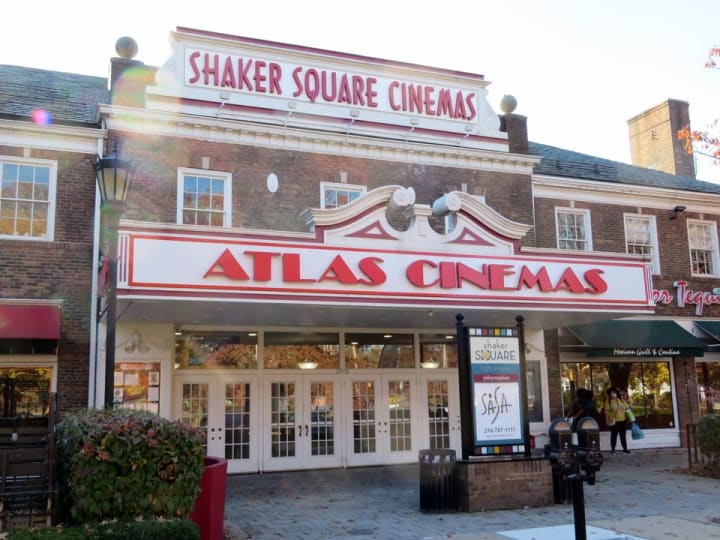
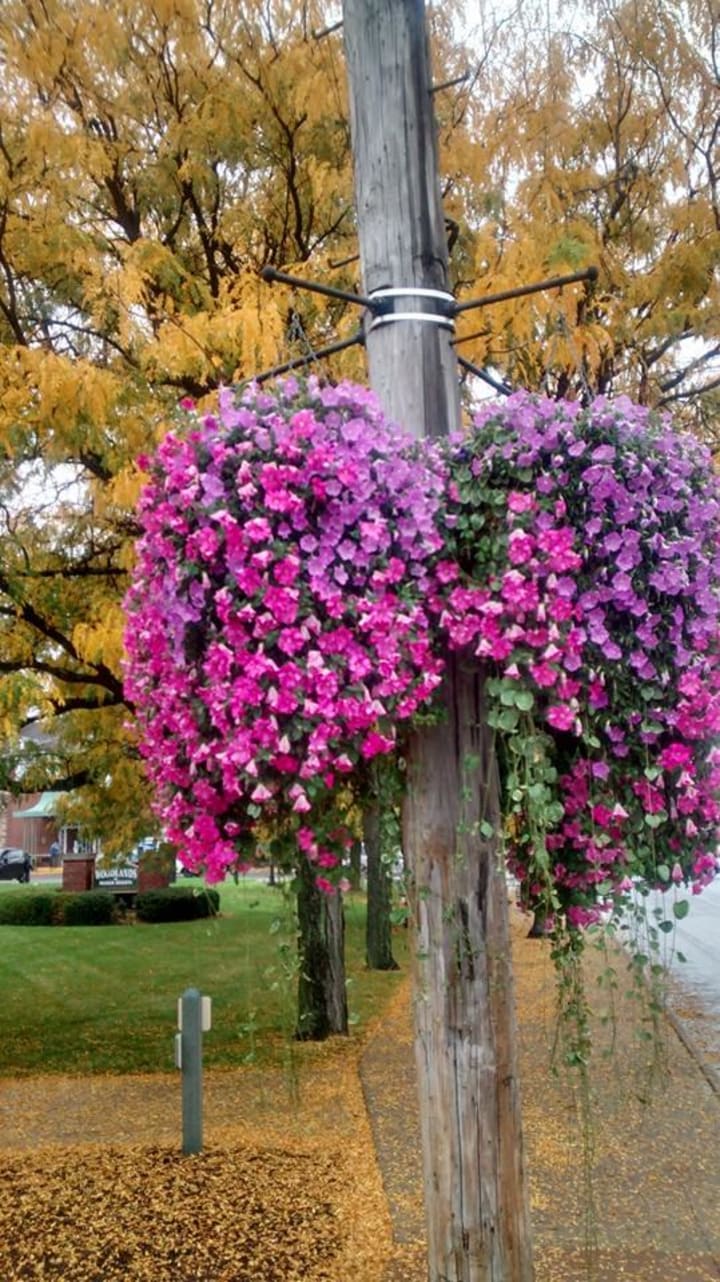
Growing up in Shaker Heights
Have you ever heard of this suburb? Perhaps you’ve heard it mentioned as the hometown of the late, great Paul Newman. It’s also widely known for its general affluence, a top-notch public education system, and the distinction of its sixty-year-old integration crusade.
What was it like for me walking into this grand social experiment? I was blissfully unaware of racial issues as an eight-year-old. I was a bookworm and hyper-focused on excelling at school. My best friend was White (and we remain connected fifty years later!) I was probably an academic snob who saw the world in terms of good students and bad students. But I honestly don’t recall spending any time contemplating the differences between Black and White.
I joined the Girl Scouts for a number of years and a lot of my childhood memories are tied to the activities of that group. From the agonizing (for a shy child) selling of Girl Scout cookies to camping trips, crafting projects, earning badges…it was a group where my fellow Scouts reflected the diversity of the community.
You know that cliché that a fish spends very little time thinking about water because that’s all there is in their world? Diversity was our world. It wasn’t really noteworthy – no more than the fact that our world contained both boys and girls – so it was with Black and Whites. Just absolutely unremarkable. And in that context, I think that most of us viewed and judged those around us on an individual basis.
I can’t claim to have had a close front row seat to all the social clubs and groups in my school system. I was a bookworm and a loner. But I saw athletics teams, drama clubs, choirs, and student government that all seemed to illustrate the goal of unconscious integration. Flipping through the high school yearbook cements the same conclusion. In furthering racial harmony and interaction, Shaker Heights accomplished something rather phenomenal.
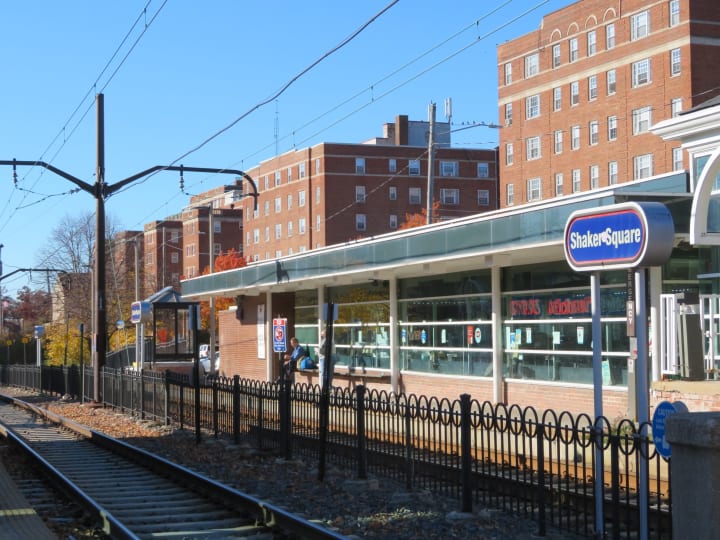
But…Shaker Heights was no Shangri-La
Junior and senior high schools were less than ideal, which they probably had in common with hundreds of thousands of schools across the nation. There was bullying, including physical fights. There was homophobia. There were cliques and popular kids, who I only knew from a distance. The carefree “colorblind” mingling of elementary school was replaced by a lot more noticeable social segregation by the high school years.
There were also notable economic inequalities – some of which were visible (I spent my school spring break in the local public libraries, while some classmates went with their family to Martinique) and some of which I wasn’t aware of until long after I had moved away. I remember reading several years ago that the income disparity between Black and White families in Shaker Heights was about ten thousand dollars. But it took both Black parents working to get that lower average amount, contrasted with the White household average income, which more typically came from a single earner. (Example - if a White household had a $95,000 income, it probably came from one person in the workforce, whereas a Black family of two workers would bring in $85,000.)
Most troubling is a continuing racial gap in educational attainment that the school system has struggled with for decades, often resulting in frustration and finger-pointing between administrators, teachers, and families. Doubtless, the school has a great deal of power to improve some of those problems. And some are the domain of the larger society, including racism, income inequality, and a multitude of factors such as access to preschool and prenatal care.
Those are disturbing flaws. And still, I’m grateful for the circumstances that made Shaker Heights my hometown. It almost didn’t happen.
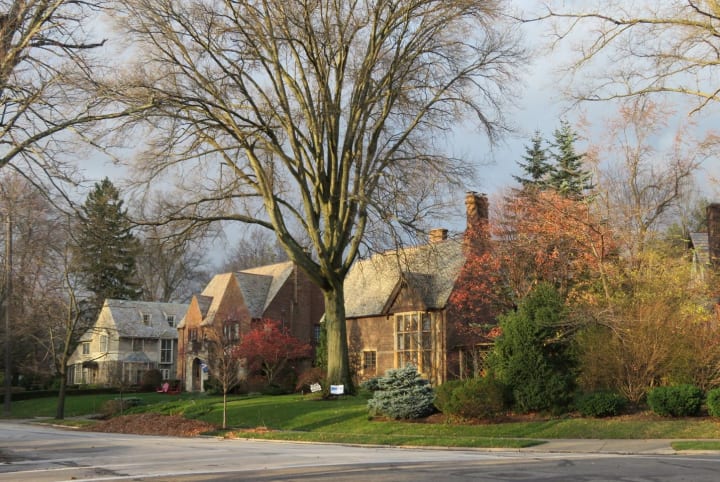
I was almost a Southerner
I entered the Shaker system in 1970 as an eight-year-old, freshly relocated from my birthplace of Chattanooga, Tennessee. From Deep South to the heart of the Midwest. Perhaps you’re not used to thinking of Tennessee as the real Deep South. Let me briefly paint a picture of the world I was born into, and you may well wonder, as I have repeatedly, how differently my life might have progressed had my family not moved to Shaker Heights.
In 1962, segregation was still the de facto law of the land in most southern states. Buses. Water fountains. Movie theaters. My parents both grew up in Cleveland and had their first two children there, but moved to Tennessee because of a job opportunity with the Tennessee Valley Authority for my father, an electrical engineer.
What was waiting for them in Chattanooga? When my mother was carrying me, she had an obstetrician who had both Black and White patients. But these expectant mothers did not sit in the same waiting room. Instead, they were separated into two rooms on either side of the doctor’s office, each with a private hallway leading them to his exam room. After all, Black and White pregnant women sitting in the same room – what an indignity!
Soon afterward, my father was excitedly perusing the large room full of newborns through the visitor’s window when a nurse sidled up to him and helpfully informed him that his baby was in a separate room, and then led him to it. It was a very small room. And I was alone. I’m not sure how much harm they thought I was going to do to the other babies, but the hospital clearly anticipated objections from the White families.
Yes, seriously Deep South
When I was very small, we lived in a small duplex that was down the road from the local KKK headquarters. When they had parades, they would march past our home.
My parents saved up enough to buy a wooded plot of land just outside the city, and to build a nice-sized house for their family of six. Funny thing about that brand-spanking-new house. It was filled with cockroaches. Which really shouldn’t happen in a brand-spanking-new house. One or more of the building team had taken offense to an uppity Black family having the money to build their own home, so they made sure we got the cockroach welcome.
The stress of these events and circumstances was endured by my parents. I was a young child, happy and oblivious. We moved up to Ohio the summer I turned eight. But what if we had stayed? What would my life have been like? What would I have been like? And how differently would my adult life and my view of the world be?
I can only wonder. And feel grateful that my life took the turn it did. I admire what Shaker Heights tried to accomplish and I’m very glad that I was there to benefit from its integration vision.
Winding up in this particular hometown, I feel very, very lucky.
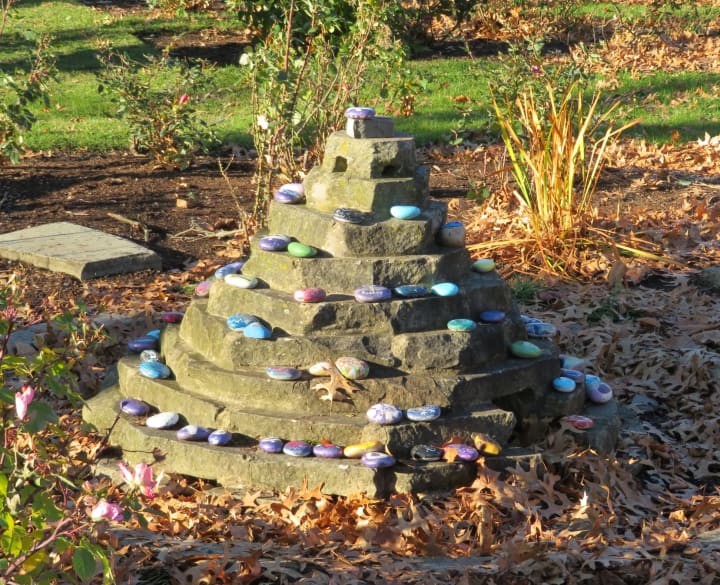
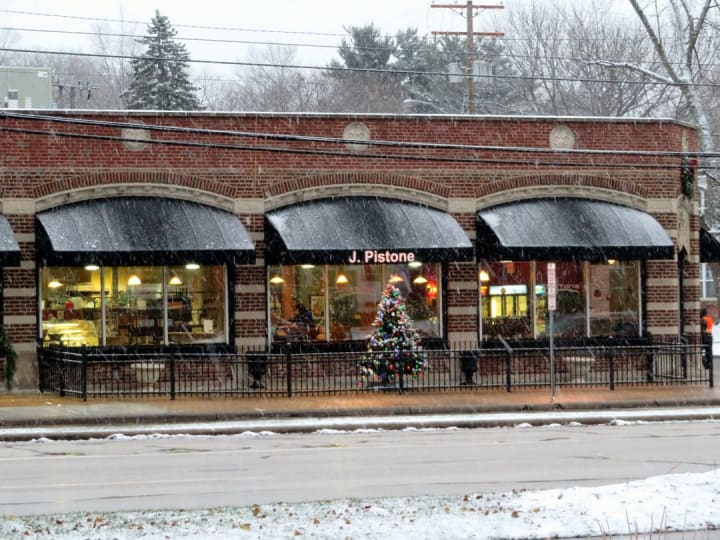
What’s the legacy of Shaker Heights?
I just recently lived there for three years, staying with my mother. The signs of integration are still extremely visible in the public spaces: the libraries, the grocery store, the strip malls, the banks. It has a distinctive small-town feel where strangers smile and nod when passing on the sidewalk. Where people keep an eye on their elderly neighbors. It still feels like a great place to raise families, which is confirmed by the baby stroller population.
The friend I mentioned earlier has recruited me into a monthly Zoom call of half a dozen women that I knew from my childhood in Shaker. They are scattered all over the country now and provide one another with a refreshing source of social connection in these pandemic lockdown months. There is a multitude of shared memories and nostalgia, but even more fascinating is hearing everyone’s personal stories that were more hidden from public view.
Speaking of nostalgia, I just found a Shaker Heights group on Facebook. It is 4,700 members strong, a sizable group that enjoys connecting and sharing with others who lived and were shaped by the Shaker experience.
While impressively-sized, this Facebook group only represents a fraction of those who spent their childhoods in the Shaker school system in the past half-century, who must now number over a hundred thousand. At the risk of sounding schmaltzy, I hope they carried the best of Shaker with them as ambassadors to the world of a singular and remarkable town.
Nothing happens without a plan
The racial balance in Shaker Heights schools and neighborhoods didn’t happen by accident; it happened by design. Could it be replicated elsewhere? I doubt it. That would be one political can of worms that few communities could handle. But I think that it provides clues, direction, and possibilities.
A tolerant, inclusive, and intermingling world - it starts with the children. Which actually means that it starts with parents and adults making decisions about how best to raise their children. STEM education? Phys ed? Languages? Music? How about exposure to…everyone?
Most residential areas in the U.S. continue to be highly segregated: north, south, east, and west. While busing or the Shaker Plan might not be politically feasible today, what about experimenting with daycare, youth entertainment and sports, high-quality inclusive charter schools, clubs that meet at a central library - all making concerted efforts to be physically accessible to and with the goal of bridging separated communities?
The carrot, not the stick. Incentives to mingle. Events that youngsters can’t resist. Organizations and services that parents are happy to avail themselves of. Shaker Heights provided a roadmap that would have to be adapted to the widest variety of settings. But it’s an ambition that’s worth pursuing.
Prolonged, positive, intimate exposure. I’d have to give that goal a big thumbs up. So that more people would benefit from something similar to my own hometown experience. It would change lives. It changed mine.
About the Creator
Carolyn Murray
Accidental nomad, having an EPIC mid-life crisis. Hoping to soon be a screenwriting, novel-writing, song-writing, day trading ex-pat based in Europe.
Enjoyed the story? Support the Creator.
Subscribe for free to receive all their stories in your feed. You could also pledge your support or give them a one-off tip, letting them know you appreciate their work.

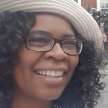
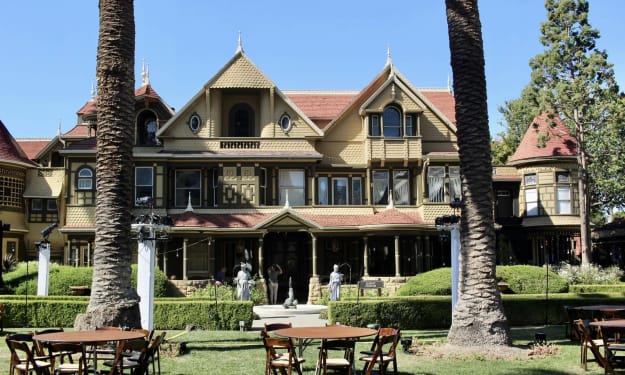



Comments
There are no comments for this story
Be the first to respond and start the conversation.